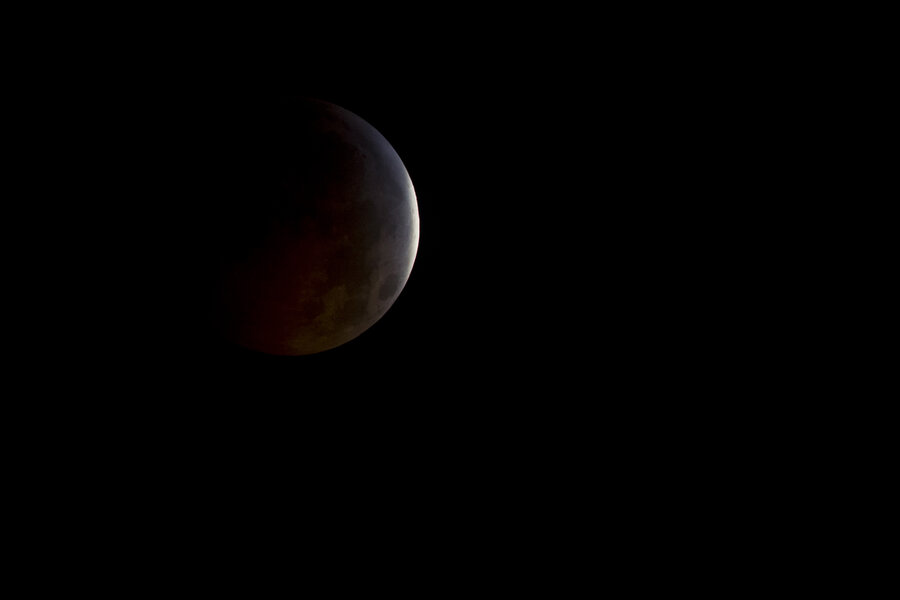The coming supermoon eclipse: How rare is the celestial treat?
Loading...
If you happen to stare up at the sky a couple hours before midnight on September 27, you might see a gigantic red moon.
Don’t be alarmed. Nothing is wrong with the moon.
In fact, you’ll be witnessing a rare celestial event: a supermoon coinciding with a total lunar eclipse.
Both phenomena create intriguing displays high in the sky, but the last time the two happened together was more than 30 years ago.
"That’s rare because it’s something an entire generation may not have seen," Noah Petro, deputy project scientist for the Lunar Reconnaissance Orbiter at NASA’s Goddard Space Flight Center told NASA. The last time the two stellar events combined was in 1982, and NASA experts predict the next one won't occur until 2033.
On their own, supermoons and lunar eclipses are already considered to be celestial treats, each only occurring a handful of times each year. However, sky gazers must wait decades for the two to occur at once.
So-called supermoons are an optical illusion that appears when a full moon coincides with a particular point in satellite's orbit around the Earth.
"Because the orbit of the moon is not a perfect circle, the moon is sometimes closer to the Earth than at other times during its orbit," said Dr. Petro. "When the moon is farthest away it’s known as apogee, and when it’s closest it’s known as perigee."
The perigee full moon has been dubbed a "supermoon" because it appears about 14 percent larger and 30 percent brighter than an apogee full moon. The supermoon is also 31,000 miles closer to Earth than an apogee moon, a distance more than the circumference of our planet.
Lunar eclipses may seem even stranger.
The moon gets caught in the shadow of Earth for over an hour as the planet moves between the moon and the sun.
But the moon won’t disappear entirely. Sunlight still reaches the moon’s reflective surface, but the light is bent as it moves through Earth’s atmosphere. This gives the moon a reddish hue.
A humongous red moon may have been frightening to ancient peoples such as the Incans and Mesopotamians, but there’s no cause for alarm, said Petro.
"It’s just planetary dynamics," he said. "The orbit of the moon around Earth is inclined to the axis of Earth and the orbital plane of all these things just falls into place every once in a while. When the rhythms line up, you might get three to four eclipses in a row or a supermoon and an eclipse happening."
The strange celestial event won’t leave much of a mark. "The only thing that will happen on Earth during an eclipse is that people will wake up the next morning with neck pain because they spent the night looking up," Petro said.








